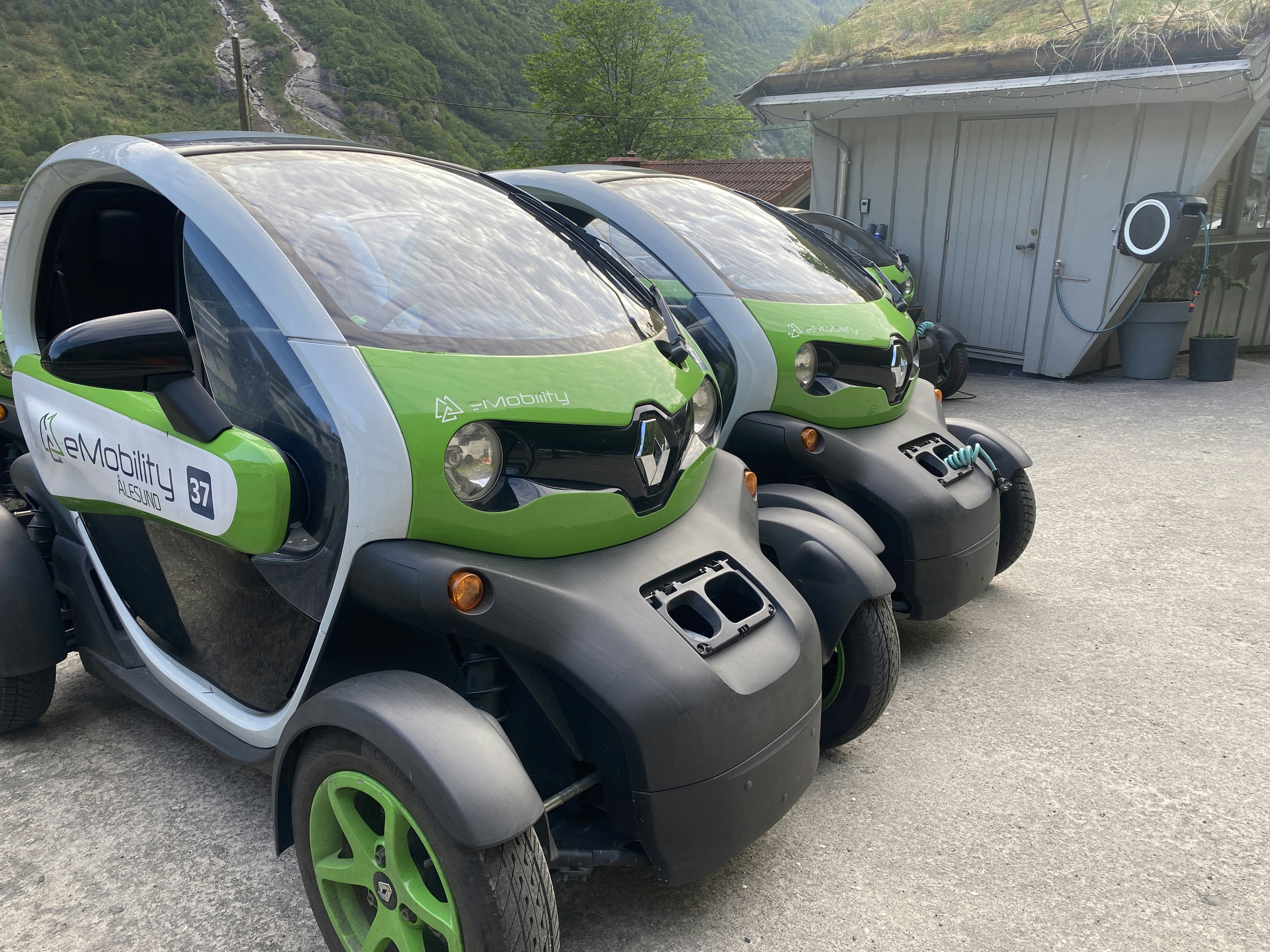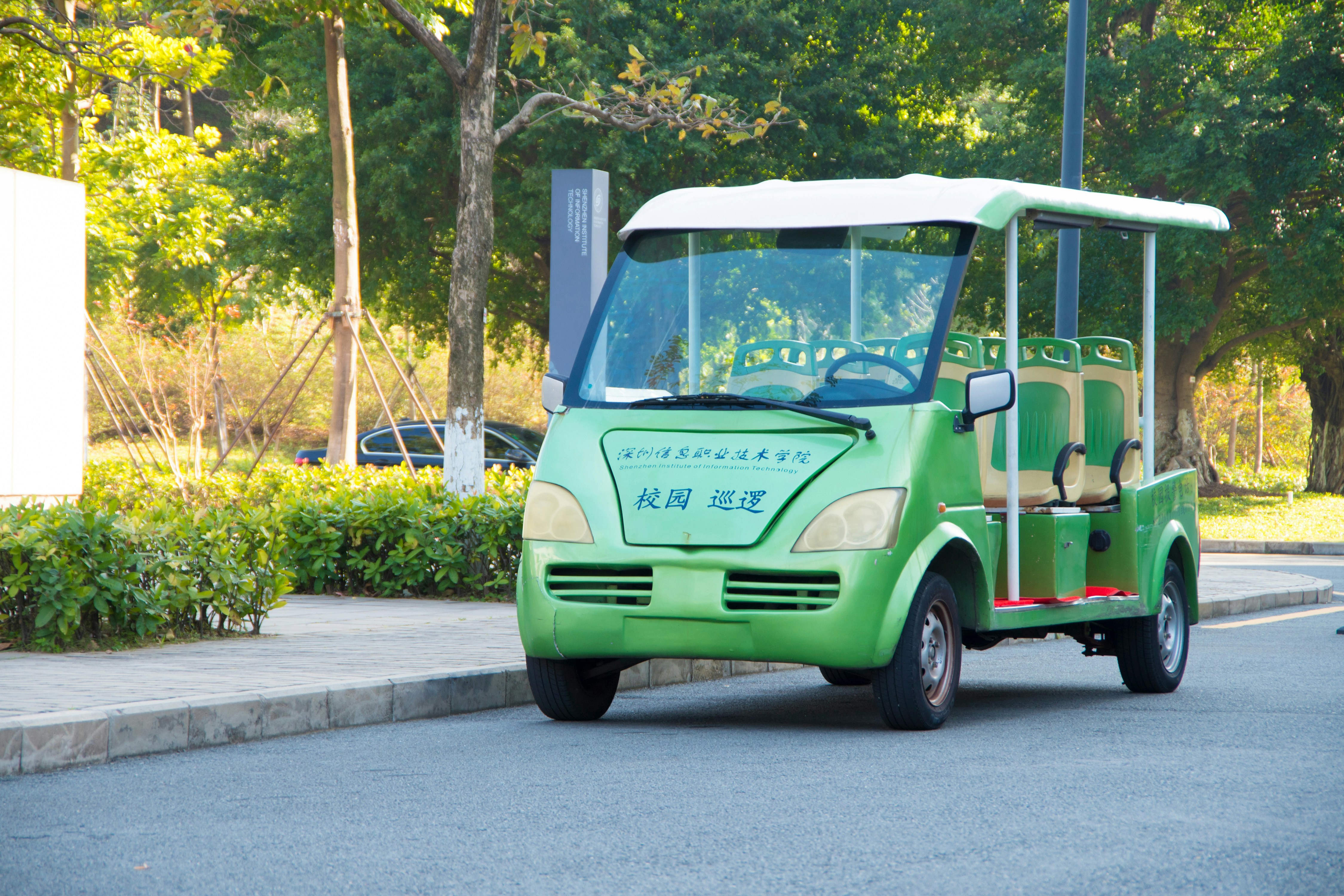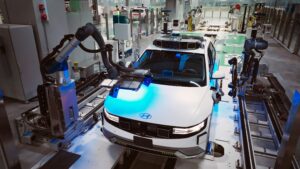WASHINGTON (Reuters) – Boeing Co’s (BA.N) Starliner astronaut spacecraft made a “bull’s-eye” touchdown within the New Mexico desert on Sunday, a profitable ending to a crewless check mission that two days earlier failed to succeed in the orbit wanted to dock with the Worldwide Area Station.
The Boeing CST-100 Starliner spacecraft, which had been launched on a United Launch Alliance Atlas V rocket, is seen after its descent by parachute following an abbreviated Orbital Flight Take a look at for NASA’s Industrial Crew applications in White Sands, New Mexico, U.S. December 22, 2019. NASA/Invoice Ingalls by way of REUTERS
The 7:58 a.m. ET (1258 GMT) touchdown on the White Sands desert capped a turbulent 48 hours for Boeing’s botched milestone check of an astronaut capsule that’s designed to assist NASA regain its human spaceflight capabilities.
A software program drawback on Friday prompted the capsule to fail to achieve the orbit wanted to rendezvous with the area station, one other unwelcome engineering black eye for Boeing in a 12 months that has seen company disaster over the grounding of its 737 MAX jetliner following two deadly crashes of the plane.
Officers from the aerospace firm and NASA breathed sighs of aid following the touchdown, a extremely difficult feat.
“Immediately it couldn’t actually have gone any higher,” Boeing area chief government Jim Chilton instructed reporters on Sunday, including that specialists would want weeks to research the information from this mission earlier than figuring out if Boeing might transfer ahead with its plan to ship a crewed mission on the craft in 2020.
The touchdown, which examined the capsule’s tough reentry into the ambiance and parachute deployment, will yield the mission’s most helpful check knowledge after it failed to satisfy one in every of its core targets of docking to the area station.
“We’re going to get I feel much more knowledge than we’d have gotten if the check had gone in line with plan,” NASA Administrator Jim Bridenstine stated.
After Starliner’s landing, groups of engineers in vans raced to examine the car, whose six airbags cushioned its influence on the desert floor as deliberate, a stay video feed confirmed.
The spacecraft was in good situation after touchdown, Chilton stated, with little charring and steady air strain and temperature within the cabin.
The CST-100 Starliner’s debut launch to orbit was a milestone check for Boeing. The corporate is vying with SpaceX, the privately held rocket firm of billionaire high-tech entrepreneur Elon Musk, to revive NASA’s human spaceflight capabilities. SpaceX carried out a profitable unmanned flight of its Crew Dragon capsule to the area station in March.
After the Starliner capsule was launched from Florida on Friday, an automatic timer error prevented it from attaining the proper orbit to satisfy and dock with the area station. Chilton stated the timer was working 11 hours forward, which prompted the spacecraft to burn gas too shortly.
PARACHUTE CHALLENGE
Starliner’s three fundamental parachutes deployed simply over one mile (1,600 meters) from the Earth’s floor on Sunday after enduring intense warmth from the violent reentry by way of the ambiance, plummeting at 25 occasions the velocity of sound.
The parachute deployment, one of the vital difficult procedures below this system to develop a industrial manned area capsule, earned Boeing a win after a earlier mishap the place one parachute did not deploy throughout a November check of Starliner’s abort thrusters.
That check tossed the capsule miles into the sky to display its skill to land a crew safely again on the bottom within the occasion of a launch failure.
For the present mission, Boeing and NASA officers stated they nonetheless don’t perceive why software program prompted the craft to overlook the orbit required.
Sunday’s touchdown marked the primary time a U.S. orbital area capsule designed for people landed on land.
All previous U.S. capsules, together with SpaceX’s Crew Dragon, splashed down within the ocean. Russia’s Soyuz capsules and China’s previous crew capsules made land landings.
The now-retired Area Shuttle used to glide in like a large airplane.
(GRAPHIC: Area missions – right here)
Reporting by Joey Roulette, further reporting by Gabriella Borter in Fairfield, Connecticut; Enhancing by Scott Malone and Lisa Shumaker





